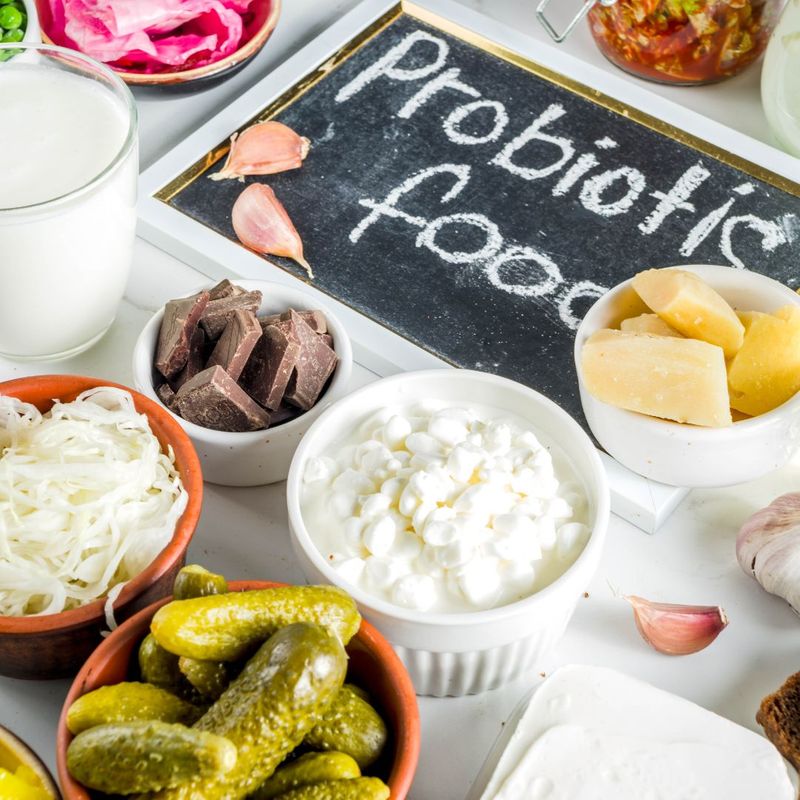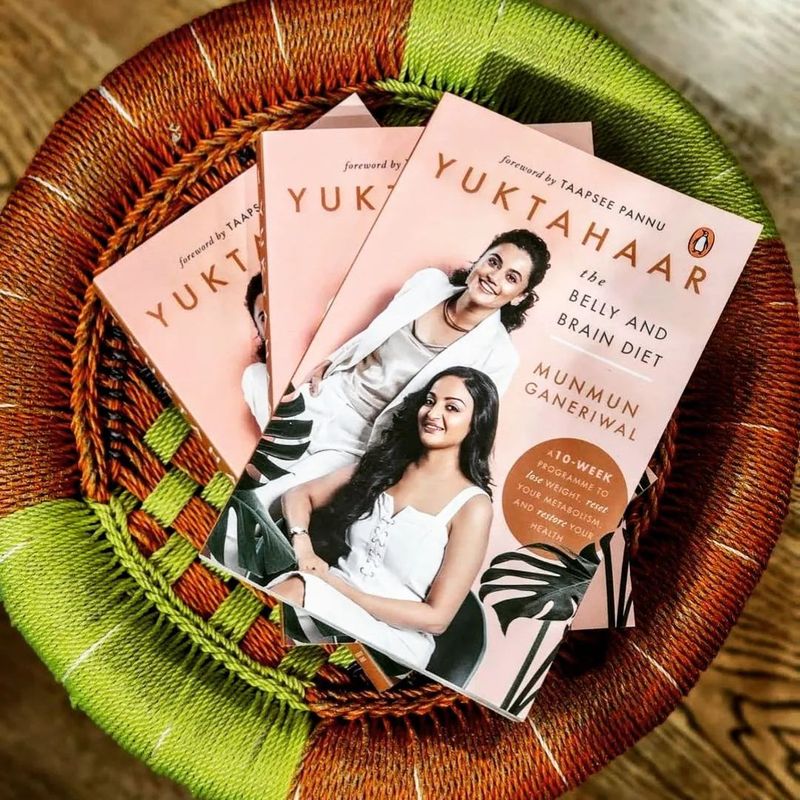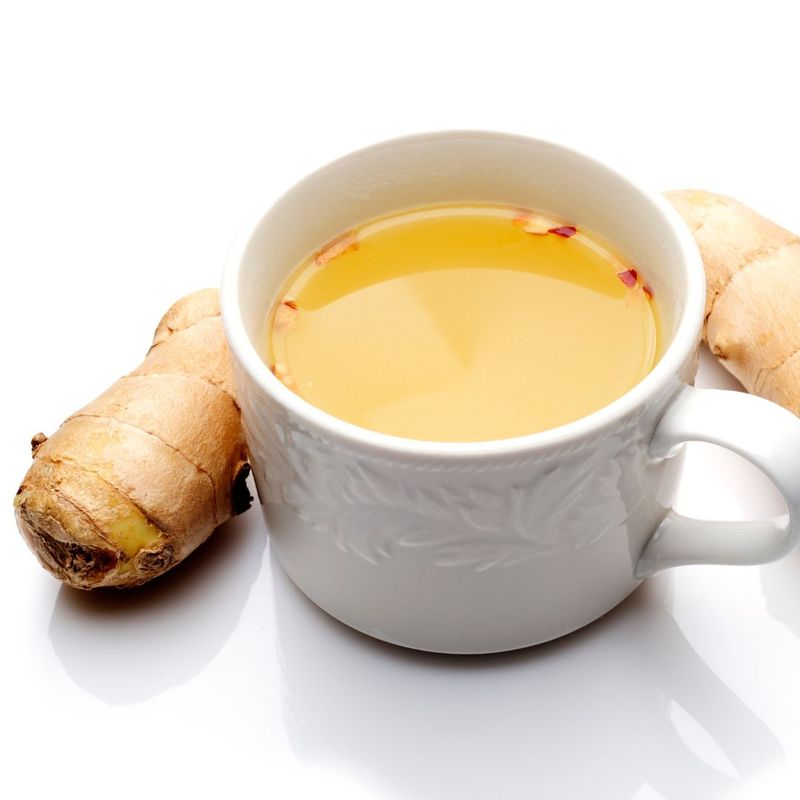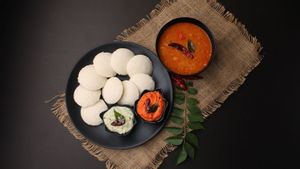If you have ever felt butterflies in your stomach when you are stressed, you will believe that this sensation is because of the gut-brain connection. With claims of the gut being the second brain, how to keep the gut in top condition, what are gut bacteria, and how do they affect your overall health is what you should know about? And are all probiotic foods as good as the internet claims them to be? All these and several other questions about gut health and nutrition, have been cropping up in our minds, and probably yours too.
We turned to celebrity nutritionist Munmun Ganeriwal for help. She is the author of Yuktahaar: The Belly And Brain Diet, a gut microbiome specialist, and a nutritionist, who has been in the industry of health and nutrition for almost two decades. One of her top clients is Bollywood actor and Shabaash Mithu lead Taapsee Pannu, who has written the foreword of Munmun’s book.
Edited excerpts:
1. What is the gut microbiome and how does it affect our body and overall health?
Gut microbiome is the collection of trillions of microbes in our gut. There’s a whole ecosystem inside our digestive system that thrives on the food we eat and in turn benefits us with good health – mind and body. These microbes release beneficial compounds called postbiotics, which circulate throughout the body and affect our key physiological signals. These are the signals that may lead to benefits including weight loss, immune protection, and better mood.

2. What causes gut bacteria imbalance?
Diet, by far, is the most dominant factor shaping our microbiome composition. Along with diet, other factors such as, living under high stress, not getting enough sleep, physical inactivity, frequent long-distance trans-meridian (east-west or west-east) travels, indiscriminate use of antibiotics, and other pharmaceuticals, and immigration to a western country, among others, can create a certain kind of environment inside our body. An environment that encourages the growth of harmful microbes, reduces microbial diversity, and increases predisposition to diseases.
3. What is gut diversity?
Microbial diversity means having diverse strains of bacteria in the gut. A diverse gut with many different microbes is like a diverse workforce that brings a variety of skills to the table.
10 Best Ways To Keep Our Gut-Brain Axis In Top Condition1. Eat a light breakfast. 2. Make lunch the biggest meal of your day. 3. Eat but don’t graze because by keeping sufficient meal gaps, you allow true hunger to build in between meals. Eat only when you are ‘truly’ hungry. 4. Count on the quality of the food, not the calories. 5. Chew your food well; go slow and take breaks throughout the meal. 6. Keep your mind relaxed while eating. 7. Maintain regular meal timings. 8. Eat with the sun. Wake up early and feed yourself soon after you wake up. Stop eating close to sunset. 9. Sip on hot (or lukewarm) water throughout the day. 10. Practice Anulom Vilom (alternate nostril breathing exercise – a type of pranayama in Yoga) for 10-15 minutes before bedtime. As mentioned in Munmun’s book Yuktahaar: The Belly And Brain Diet |
4. What is the connection between our belly and brain? It’s said what’s in our belly can be the cause of what goes on in our brains.
Our belly and brain are deeply connected – that too, through more than one mechanism. We use phrases such as, ‘butterflies in my stomach’ and ‘fire in the belly' to indicate our state of mind or emotions, and inadvertently make a connection between the belly and brains, even though just figuratively.
Research tells us that, even though the belly and brains are distant from each other, they are constantly communication. We see the signs and symptoms of this connection often but just don’t know the cause. For instance, someone who is dealing with chronic acidity is often found to be living a mentally stressful life. Anxiety and constipation are also often found to co-exist – it is not uncommon to see students suffering from an upset stomach or diarrhoea right before exams.

5. Are all fermented foods, including curd and yoghurt, probiotic?
The current definition of probiotics by Food and Agriculture Organization of the United Nations (FAO) and the World Health Organization (WHO) is “live microorganisms which when administered in adequate amounts confer a health benefit on the host”.
Curd, yoghurt, and other fermented foods contain a wide variety of living bacteria that are beneficial to human health. But they do not qualify as probiotics. Fermented foods like these have an undefined, mixed microbial content. Therefore, it is wrong to generalise all yoghurts and/or dahi as probiotic.
According to the definition set by an international panel of experts and that is universally accepted, it is important that a food item/ product is standardised in terms of the strain of bacteria and contains the studied strain at a dose that can confer a health benefit for it to be called a ‘probiotic’. Not all fermented foods contain live cultures that meet the definition of probiotic. Unless the strain has been tested and shown to be probiotic (having clinical evidence of a health benefit), and the same viable numbers are in that food, you can’t call that fermented food probiotic.
6. What is the Belly and Brain Diet (TBBD) that your book Yuktahaar talks about? And what are the principles it is based on?
TBBD is not just a diet. It is a holistic programme that encourages a gut-balancing lifestyle, mainly consisting of food, exercise, sleep hygiene, and neural retraining (brain retraining). It combines traditional Indian foods, ancient Indian yogic practices, and Ayurveda principles with gut microbiota study to understand and fight obesity and other diseases.

This diet is the outcome of several studies and research to understand the interaction between our lifestyle and gut microbiota during the onset and progression of chronic diseases.
3 Drink Recipes To Ensure A Healthier Gut
1. Ginger pepper tea
This recipe may help clear sinuses and keep our body warm, but the expert suggests you drink it only once or twice a week.

Ingredients:
1. 1.5 cups water
2. ¼ dried ginger powder
3. A pinch of black pepper
4. A pinch of coriander powder
5. A pinch of cumin powder
6. Jaggery to taste
Method:
- In a tea pan, pour water and add all the other ingredients of the ginger pepper tea.
- Boil the mixture for 5-10 minutes.
- Strain the concoction into the glass/teacup and drink.
2. Amla Ginger Soup
Two nutrient-rich ingredients, amla and ginger, come together in this comforting soup recipe. It is full of anti-inflammatory, immunity strengthening and detox benefits, says Munmun.
Ingredients:
1. 3 pieces amla
2. An inch-long ginger
3. Water, as required
4. 1-2 green chilli
5. 4 sprigs curry leaves
6. 1.5 tsp whole peppercorn
7. 1.5 tsp cumin seed
8. 1 tsp ghee
9. A pinch of asafoetida
10. ½ tsp haldi powder
11. Salt to taste
Method:
- Start by pressure cooking 3 amlas and fresh ginger (an inch long) in around 1 cup of water. Add salt to it.
- Once done, separate the boiled amla and ginger. Reserve the stock.
- Discard the amla seeds and make a paste of boiled amla and ginger.
- Next, make a dry coarse paste with 1-2 green chillies, 4 sprigs of curry leaves, 1.5 tsp of whole peppercorns and 1.5 tsp of cumin seeds.
- Heat 1 tsp of ghee, add a pinch of hing, ½ tsp haldi powder and the ground coarse paste.
- Next, add the amla ginger paste along with the stock. Add another 2-3 cups of water.
- Let it simmer for 15 minutes.
- Either drink it as is or strain the soup before consuming if you prefer a clear soup.
3. Turmeric Soup
The antioxidant-rich and anti-inflammatory turmeric is paired with anti-microbial ingredients garlic, onion, and ginger to create a soup perfect for monsoon. Are seasonal illnesses bringing you down? Try this recipe.

Ingredients:
1. 1 tbsp ghee
2. 1 onion, diced
3. 1 tbsp garlic, minced
4. 2-inch fresh turmeric, grated
5. 1.5 tbsp ginger, grated
6. 3 carrots, diced
7. 4 cups vegetable stock
8. 1 lemon, juiced
Method:
- Heat a tbsp of ghee in a pan. Sauté diced onions till they get translucent.
- Add 1 tbsp minced garlic, fresh grated turmeric, 1.5 tbsp grated ginger and sauté these together for two minutes.
- Add carrots and sauté again.
- Next, add 4 cups vegetable stock and let it simmer for 20 minutes.
- With the help of a blender or the back of a spoon, give the soup a good blend and check if the carrots are cooked.
- Squeeze some lemon and serve hot.




